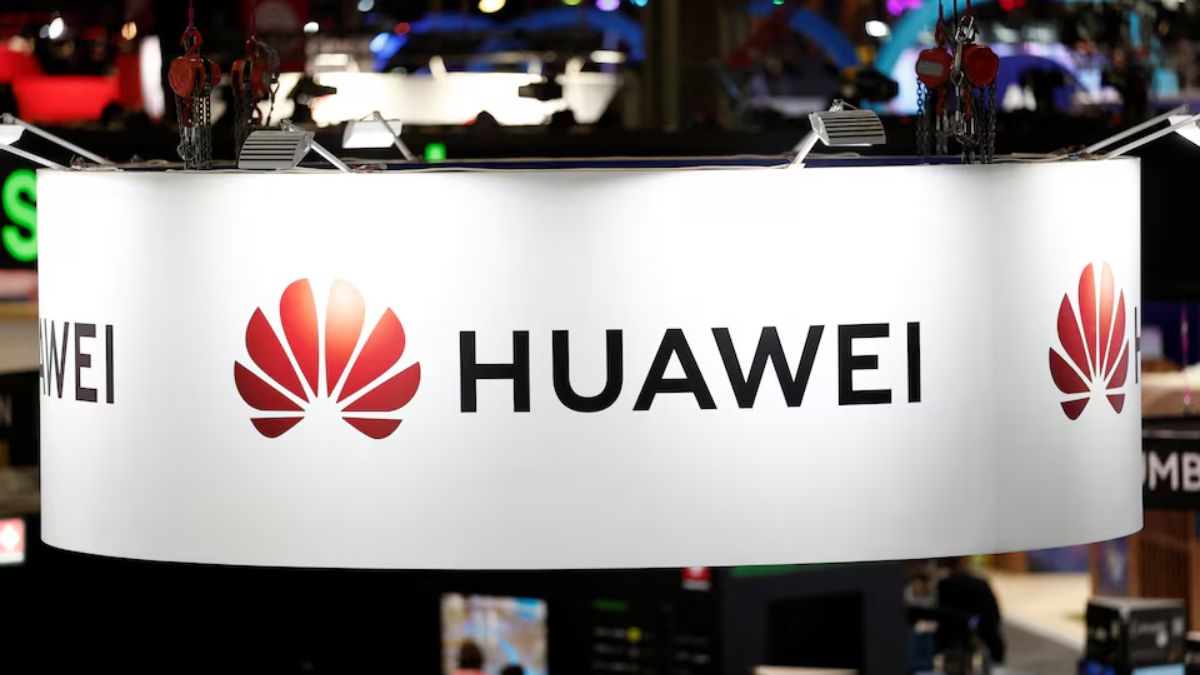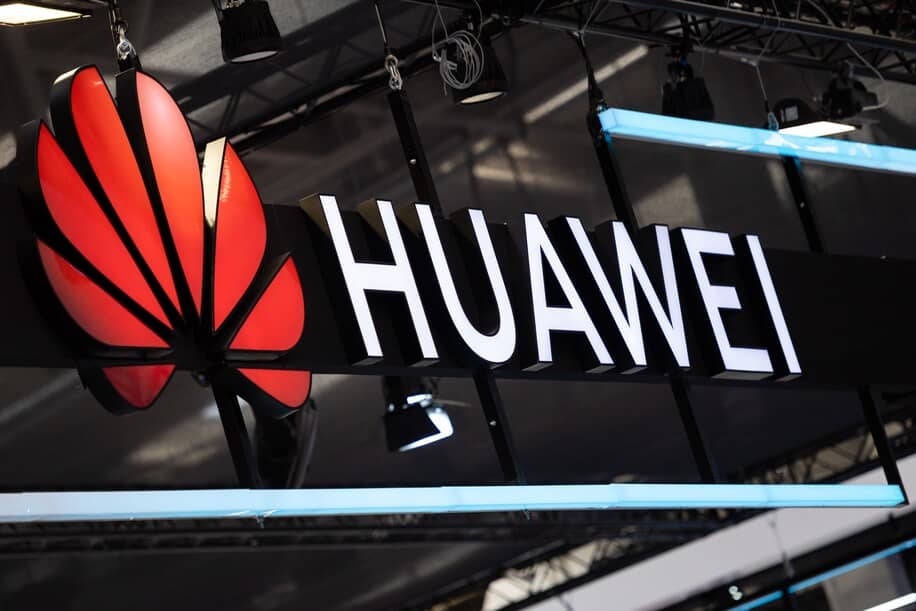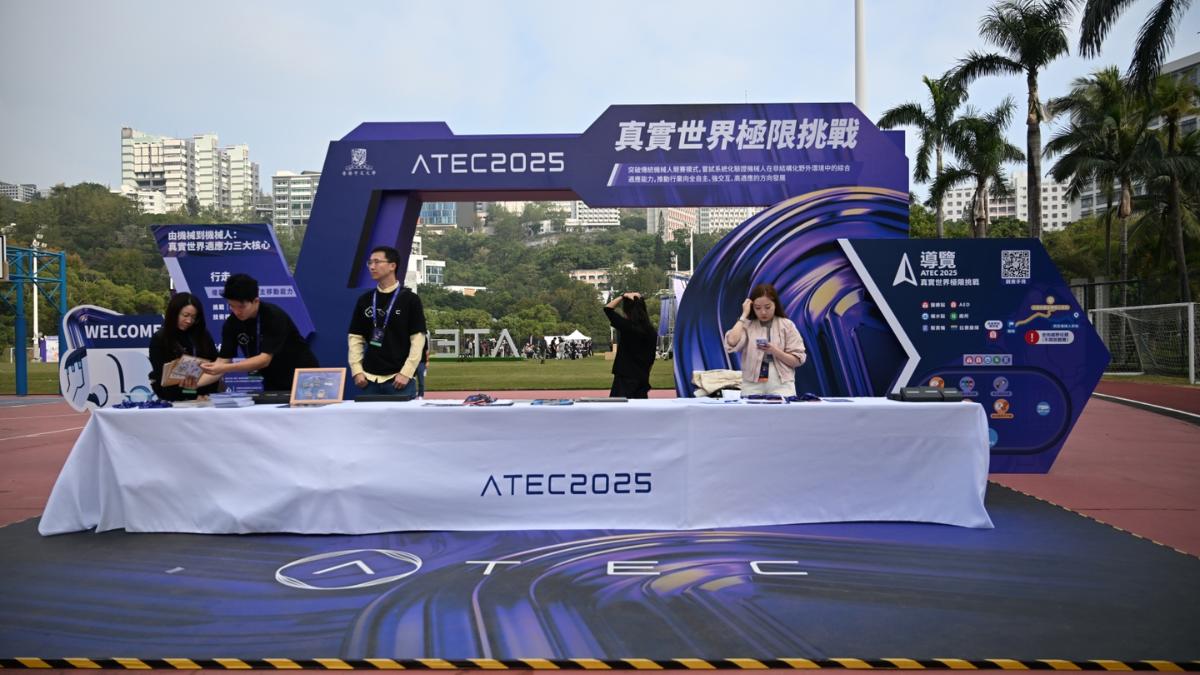Huawei has launched a new MateBook Pro variant, powered by a mysterious Kirin X90 chip from HiSilicon. Recent reports suggest this chip is made using China’s leading semiconductor manufacturer SMIC’s latest 5 nm N+3 node.
A Chinese TV channel revealed that the Kirin X90 is a 5 nm chip, likely built on SMIC’s advanced N+3 process. This matches last year’s news that SMIC had begun producing chips on its 5 nm node.
The Kirin X90 may have about 125 million transistors per square millimeter. This is slightly less dense than TSMC’s 5 nm chip, which has around 138 million transistors per square millimeter.
The impressive part is that SMIC uses older deep ultraviolet (DUV) lithography technology to reach this density. Meanwhile, other top chipmakers like TSMC and Intel use more advanced extreme ultraviolet (EUV) machines. These EUV tools are currently restricted by US sanctions, limiting SMIC’s access.
However, SMIC’s production yields remain low. An industry analyst said SMIC produces about 3,000 wafers per month with only 20% of them being usable. This means the chip is not yet ready for large-scale mass production. Instead, it is more of a proof-of-concept or milestone for China’s semiconductor industry.
There are also rumors that the Kirin X90 might be a modified version of the older Kirin 9010 chip, with some changes to the CPU core layout. Huawei has not confirmed this.
Huawei has faced controversies in the past, including accusations of using TSMC chips but claiming them as its own. For now, the real performance and origins of the Kirin X90 will only be clear when detailed reviews and teardowns by independent experts are available.













